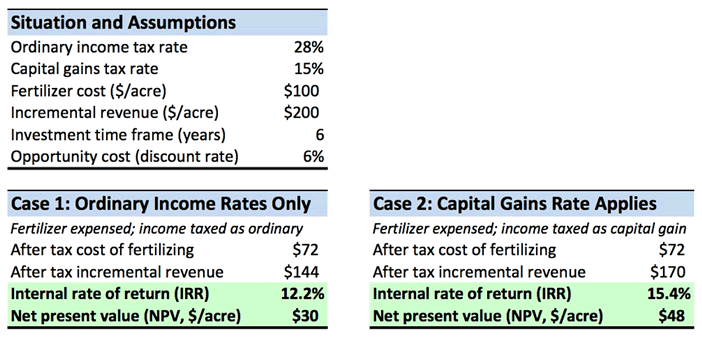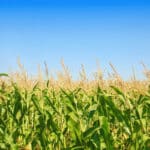Taxes matter in forestry (and in many other areas). And taxes confuse. Even Albert Einstein, the smartest guy most of us never met, said, “The hardest thing in the world to understand is the income tax.”
Taxes and tax policy affect most business decisions by for-profit firms and individuals. Ultimately, forest investors care about after-tax cash flows and values. Once income is withheld or designated for taxes, it is no longer available for consumption or investment. Forestland owners and timberland investors are subject to local and federal taxes, and these taxes can differ by state and county and country.
Tax 101 in Under 100 Words
To help finance its activities, the Government raises money from others in two ways: bonds and taxes. Bonds are how the Government borrows money from investors and individuals. Taxes are transfers of wealth, levied by the Government on income or profits.
Federal tax policy classifies income into two categories: capital gains and ordinary income. Capital gains are profits on the sale of capital assets (such as real estate). Ordinary income is that which does not qualify as capital gains.
Tax Policy Implications for Timberland Investors
From an investor standpoint, capital gains income has more value than ordinary income because it results in larger, available after-tax cash flows. Why? Because long-term capital gains are taxed at lower rates than ordinary income. So your after-tax cash flows from capital gains are higher; you have more “residual” cash flows available for reinvestment or baseball cards. How does this work in forestry?
Consider the following simplified situation:
- You spent $100 per acre fertilizing your forest.
- You expect to generate $200 of incremental income per acre from this fertilization in six (6) years.
- Your marginal ordinary income tax rate is 28% and your long-term capital gains rate (which can apply to timber income) is 15%.
What are the implications from an investment and returns perspective from these taxes as applied for this forest activity? Compare the implied returns from the “ordinary income” situation (Case 1) to the case where different rates apply when expensing costs versus taxing income (Case 2). We see that the ability to apply capital gains rates to timber income enhances returns and net cash flows.
Timber Tax Case Examples: Ordinary Income versus Capital Gains

Forestry is not a high margin business. So every dollar we preserve by properly applying the tax code matters.
This content may not be used or reproduced in any manner whatsoever, in part or in whole, without written permission of LANDTHINK. Use of this content without permission is a violation of federal copyright law. The articles, posts, comments, opinions and information provided by LANDTHINK are for informational and research purposes only and DOES NOT substitute or coincide with the advice of an attorney, accountant, real estate broker or any other licensed real estate professional. LANDTHINK strongly advises visitors and readers to seek their own professional guidance and advice related to buying, investing in or selling real estate.










Add Comment